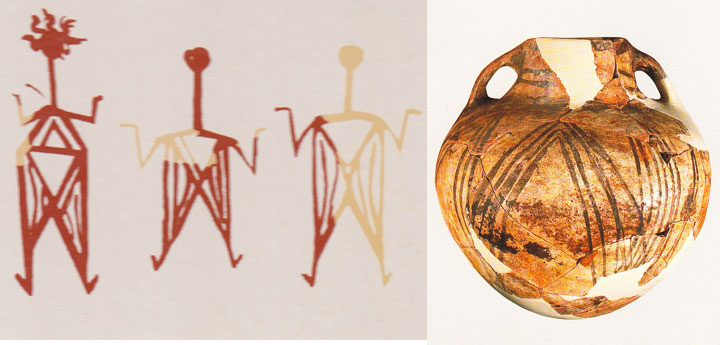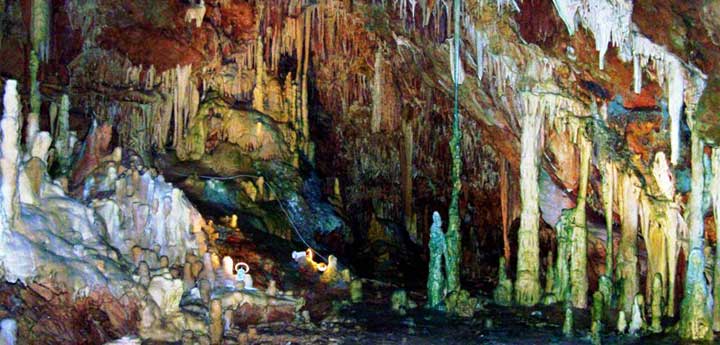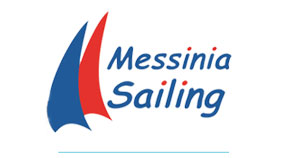Destinations
neolithic diro
Neolithic Diro
The presence of the Paleolithic homo-sapiens humans neanderthalensis dating back to 100000-40000 B.C. were discovered in Messinia-Laconia along the Kyparissia coast and at Kalamakia Itilo.
In Laconia and Messinia Neolithic settlements (6800-3200 B.C.) are mainly found in the areas of Pylos & Mani.
The settlements are found mainly close to the sea and along the trade routes of obsidian stone from Milos that they used to make weaponry and tools. This created the first occupations in naval, commercial and travel beyond the usual food-farming industry. The way in which they came together to defeat threats from the sea, and make decisions for the community for the common good was the first seed of democracy that would expand later during the times of Pericles.
The Neolithic settlement of Diro was a nautical stop on the southern route of the obsidian trade route between Pylos – Cape Akrita – Diros – Cape Tainaro – Cape Malea – South Karabi - Milos for around 2000 years. It began in 5000B.C. in the protected Diros bay whose sandy beach facilitated the maintenance and recovery of ships and whose caves could be used as shelters during rough weather conditions. The caves were also used as workshops, cemeteries, places of worship & ceremonies – but mainly as storage rooms for the trading of goods.
The main advantage of Diros was that drinking water was available in the cave.
The thousands of jars, pots, weapons, tools and jewelry that have been found are proof of a thriving society with well-developed skills for pottery, material making, fishing, 1000 acre farming, obsidian processing for weapons and tools. They also knew how to preserve their food with salt.
From the skeletons that have been found we know that the overage life span was 28.8 years, that average height of the men was 1.70m and the women had an average height of 1.54m. There was a high mortality rate amongst children and the locals suffered from a 60% lack of iron due to their diet. There was a high birthrate from 18 years and above.
The Diros Caves were a place to worship the god of the sea Poseidon who is identified as the chthonic primordial protector of the water and the seas. If was also a place of worship for Hades, as shown by the thousands of broken pots and burial rituals.
A large earthquake in 3200 B.C. sealed the entrance to the cave and trapped the inhabitants inside, they died from starvation and the inability to get water. The cave was never inhabited again.
The trade stop moved further south to the Assomaton Bay in Tainaro, together with the oracle and the temple of Poseidon that were worshipped here alongside Hades and the psychopomp Dioscuri up until the first years of Christianity..
Signs of Neolithic life are still being discovered today in Mani and traditions continue with the strong worshipping of the psychopomp archangels Michael-Gabriel, the breaking of clay pots during burial ceremonies and the strong belief in near-death events (lamentations etc.)
Take a trip back 7000 years with Μessinia Sailing into the history of Laconia & Messinia and be enchanted by the exhibits at Diros’s Neolithic Museum. We are founding members of the friends of the museum organization.
Contact us so that we can inform you of our tours and excursions in Mani & Diros
The destinations are subject to the embarkation/disembarkation points and prevailing weather conditions.
Please ask for further information whilst planning your cruise with us
share this page ::








